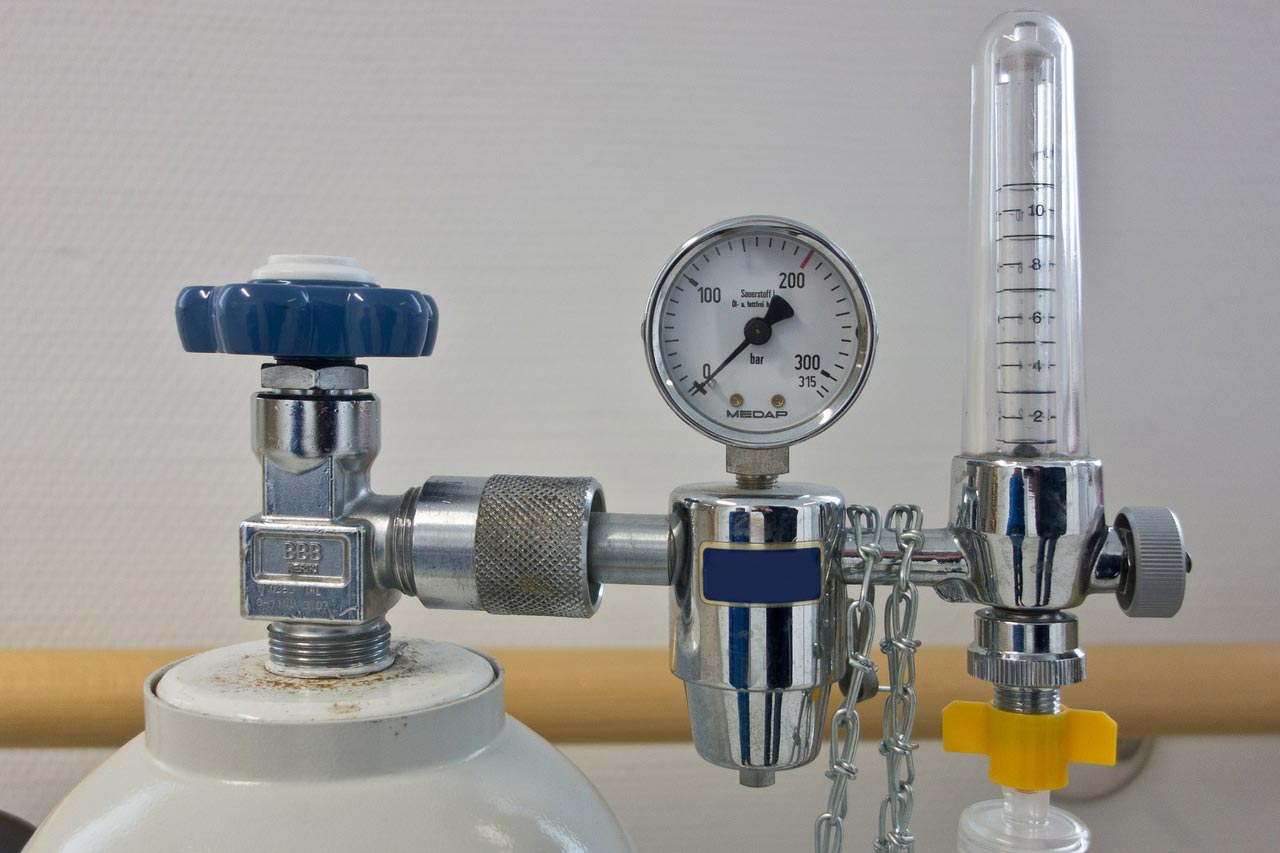
Types of Gases Used in Hospitals
Healthcare industry providers require an experienced and reliable partner to deliver their medical gases and related products. Air Source Industries understands the medical community’s need for product quality and cost efficiency and has been delivering it for over 70 years.
Meeting the highest standards of quality, our medical-grade gases comply with California state and federal FDA regulations and follow Compressed Gas Association (CGA) safeguards and specifications.
Licensed by the California Board of Pharmacy, Air Source Industries fills and delivers premium medical-grade gases and gas mixtures to:
- Dentists
- Veterinarians
- Physicians
- Clinics
- EMS and Ambulances
- Aviation
- Nursing Homes
- Home Healthcare
- Medical Laboratories
Medical gases are used for patient’s healthcare in different ways. In general, medical gases are specific gases that are separated from the air individually for various medical applications.
There are six common gases used in hospitals:
- Oxygen gas
- Medical air
- Carbon dioxide
- Nitrogen gas
- Nitrous oxide
- Helium gas
Oxygen Gas
Oxygen is the most basic gas for life, and it is used medically to supplement oxygen to oxygen-deficient patients.
It is a medical gas required in every healthcare setting, and is used for resuscitation and inhalation therapy. Hospitals use oxygen when patients face problems in breathing air or when lungs stop inhaling oxygen such as in life support for artificially-ventilated patients.
Medical Air
Medical air refers to a clean supply of compressed air used to distribute medical gas. It is free of contamination and particles, has no oil or odors, and is dry to prevent water buildup in your facility’s pipeline.
When a patient is in the operating room, whether it’s an emergency or not, a surgeon relies on a medical air compressor to keep the patient comfortable and breathing.
Medical air gives power to air-driven medical equipment like resuscitators, oral surgical instruments, orthopedic instruments and ventilators.
Carbon Dioxide
For minimally invasive surgery (laparoscopy, endoscopy, and arthroscopy) carbon dioxide is used as an insufflation gas (blowing into body cavity). It is used to enlarge and stabilize body cavities to provide better visibility of the surgical area. Most commonly, carbon dioxide is used in abdominal and thoracic surgeries, where the surgeon may need to move various organs to get to one particular area of the body.
Nitrogen gas
Nitrogen is a colorless, odorless, non-toxic, non-flammable gas. It is inactive at room temperature and does not react chemically with ordinary metals.
Liquid nitrogen is a couple hundred degrees below zero and freezes tissue on contact, so it also used as a cryogen to freeze and preserve blood, tissue, and other biological specimens, and to freeze and destroy diseased tissue (cancer and skin lesions), in dermatology and cryosurgery.
Nitrous Oxide
Nitrous oxide or laughing gas as it is commonly known was initially used as a dental analgesic and has been used extensively in a wide range of surgical procedures for both anesthesia and analgesia.
The exact mechanism of action of nitrous oxide is unknown, but its effects take place within the pain centers of the brain and spinal cord. The release of neurotransmitters is thought to activate descending pain pathways that inhibit pain transmission.
In childbirth, ambulance care, dental care, and in small painful procedures nitrous oxide is combined with oxygen for pain relief.
Because of its anesthetic effects, it is specially used in surgery and dentistry.
Helium Gas
Helium gas is used in some of the most critical operations in the medical industry. It has many applications owing to its distinct physical and chemical characteristics, namely its low density, low solubility and high thermal conductivity.
Helium gas is combined with oxygen for the treatment of asthma, emphysema, and other respiratory problems, not for the treatment of the underlying disease, but it is used to reduce airways resistance and respiratory muscle work until definitive treatments act.
Surgeons are exploring using helium instead of carbon dioxide to insufflate the abdomen of patients undergoing laparoscopic abdominal procedures due to its superiority in preventing respiratory acidosis in patients with comorbid conditions that cause carbon dioxide retention.
Everyone at Air Source Industries is focused on providing an outstanding customer experience. Our prompt and responsive sales staff offers the expertise and guidance you need to choose the right solution. The Installation Group will handle proper tank placement, regulator installation, and bracketing. We will also audit, optimize, and calibrate your gas systems to ensure your systems are operating reliably and accurately.
The sooner you reach out, the sooner we can help! For price quotes, simply click Get a Quote or please call or fax us today. P: (562) 426-4017 / F: (562) 490-9477
The Air Source Industries Team
Sources:
- http://www.anandgases.com/6-most-common-medical-gases/
- https://www.chthealthcare.com/blog/5-common-med-gas
- https://en.wikipedia.org/wiki/Medical_gas_supply
- https://www.theseverngroup.com/types-of-gas-used-in-medical-gas-systems-in-hospitals/
- https://www.amcaremed.com/knowledge/types-uses-medical-gases/
- https://www.asianhhm.com/articles/medical-gases-and-vacuum-systems-in-hospitals
- https://www.bochealthcare.co.uk/en/products-and-services/products-and-services-by-category/medical-gases/medical-nitrous/medical-nitrous-oxide.html
- https://pubmed.ncbi.nlm.nih.gov/23916029/

